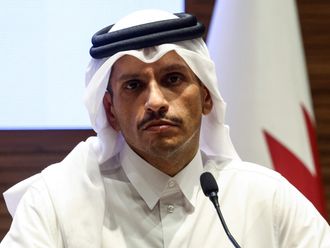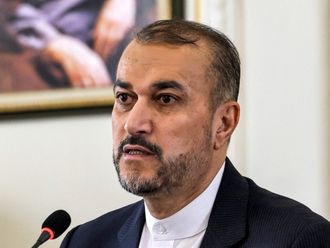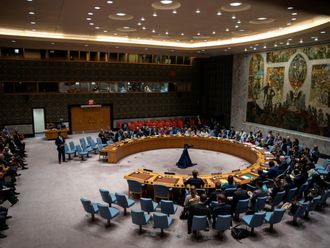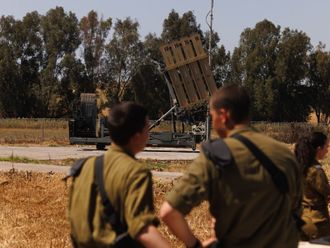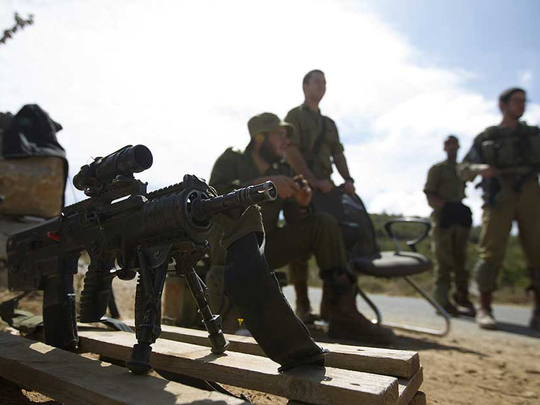
Occupied Golan Heights: There is a building boom quietly underway in Merom Golan, a tiny colony first built when the Israeli regime occupied the Golan Heights from Syria in the 1967 war.
Stone utility enclosures mark sites where a few dozen homes will soon break ground. A fallow field is slated to become, next year, a new neighborhood called Banim Bonim, Hebrew for Children Build. Near the ring road Doron Bogdanovsky, the kibbutz secretary-general, has plans approved for 100 more families to settle over the next decade.
The plan for the kibbutz is dwarfed by the aggressive development goals of Naftali Bennett, a senior Israeli minister and leader of the Jewish Home party, and one of many Israeli politicians seizing on the chaotic situation in Syria to secure Israel’s sovereignty over the contested Golan. They are calling for 100,000 new Golan residents in the next five years. That number, nearly quintuple the current Jewish population, may be unrealistic.
The 400-plus square miles of the Israeli-occupied Golan on the northeast border with Syria is both strategic plateau and lush agricultural terrain yielding prize apples, cherries and beef. It’s also a vast playground that drew 3 million tourist visits last year.
The UN Security Council condemned Israel’s annexation, and most of the world officially considers the Golan illegally occupied, just like the West Bank. But it is rarely the focus of international activism or diplomacy; the construction in Merom Golan drew no public criticism, unlike the hubbub that erupts with every new housing block announced in the occupied East Jerusalem and the occupied West Bank.
Even the 22,000 Druze residents who have for decades dreamed that the land would be returned to Syria have begun to acknowledge a new reality.
“These hopes are less and less and maybe became quite to zero,” sighed Qassem Sabbagh, a restaurant owner in the Druze capital, Majdal Shams, and a longtime activist who said he has been “less active in the past years, because there is no politics here, there is a war only.”
Salman Fakhr Al Deen, spokesman for Al Marsad, a human-rights group in the Occupied Golan, complained that Israelis confiscate Druze lands, and do not share water and other resources equitably.
Merom Golan formed within a month of the 1967 war, with colonists who moved there as an act of Zionism. By 1972 there were 600 Jews in the Occupied Golan, according to Israel’s Central Bureau of Statistics; there were 6,800 in 1983, 13,000 in 1995, and 20,500 last year.
In 1994, several Jewish staged a 20-day hunger strike to protest then Prime Minister Yitzhak Rabin’s consideration of a peace deal with Syria that would have returned the territory.
The push for normalisation of Israel’s control goes beyond conservative nationalists like Bennett. Amos Yadlin, the left’s candidate for defense minister in elections this spring, included recognition of Israeli authority over Golan in a recent paper among potential US steps to soothe Israel in the aftermath of the Iran deal. Michael B. Oren, Israel’s former ambassador to Washington and a centre-right member of Parliament, is a prime proponent.
“The (Occupied) Golan Heights has been part of Israel for twice as long as it was part of Syria,” Oren noted in a recent interview. “We need places to build, and the world doesn’t want us to build in the West Bank. I don’t think anyone in the world can come at us and say we’re building on land that’s going to be part of a peace deal if we build on the (Occupied)Golan Heights.”
Here in Merom Golan, Jewish colonists laugh at the scope of Bennett’s 100,000-person plan but say they will, indeed, bring 10,000 new residents to the north in five years.


